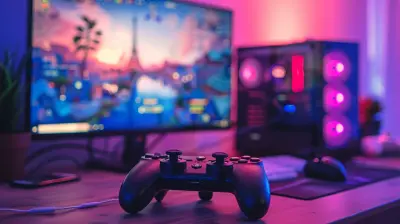The Challenges of Rendering Complex Game Environments
4 October 2025
When we boot up our favorite games and see vast open worlds, bustling cities, or intricate dungeons, it's easy to take the beauty of these virtual landscapes for granted. But behind the scenes, there's a mountain of work that developers face to deliver these complex game environments. Let me tell you, rendering such visually stunning and interactive worlds isn't child's play. It's like trying to pack a suitcase for a month-long vacation, but the suitcase is the limited computing power of modern hardware, and the vacation involves replicating an entire world. Intrigued? Let’s dig deeper into the challenges of rendering complex game environments.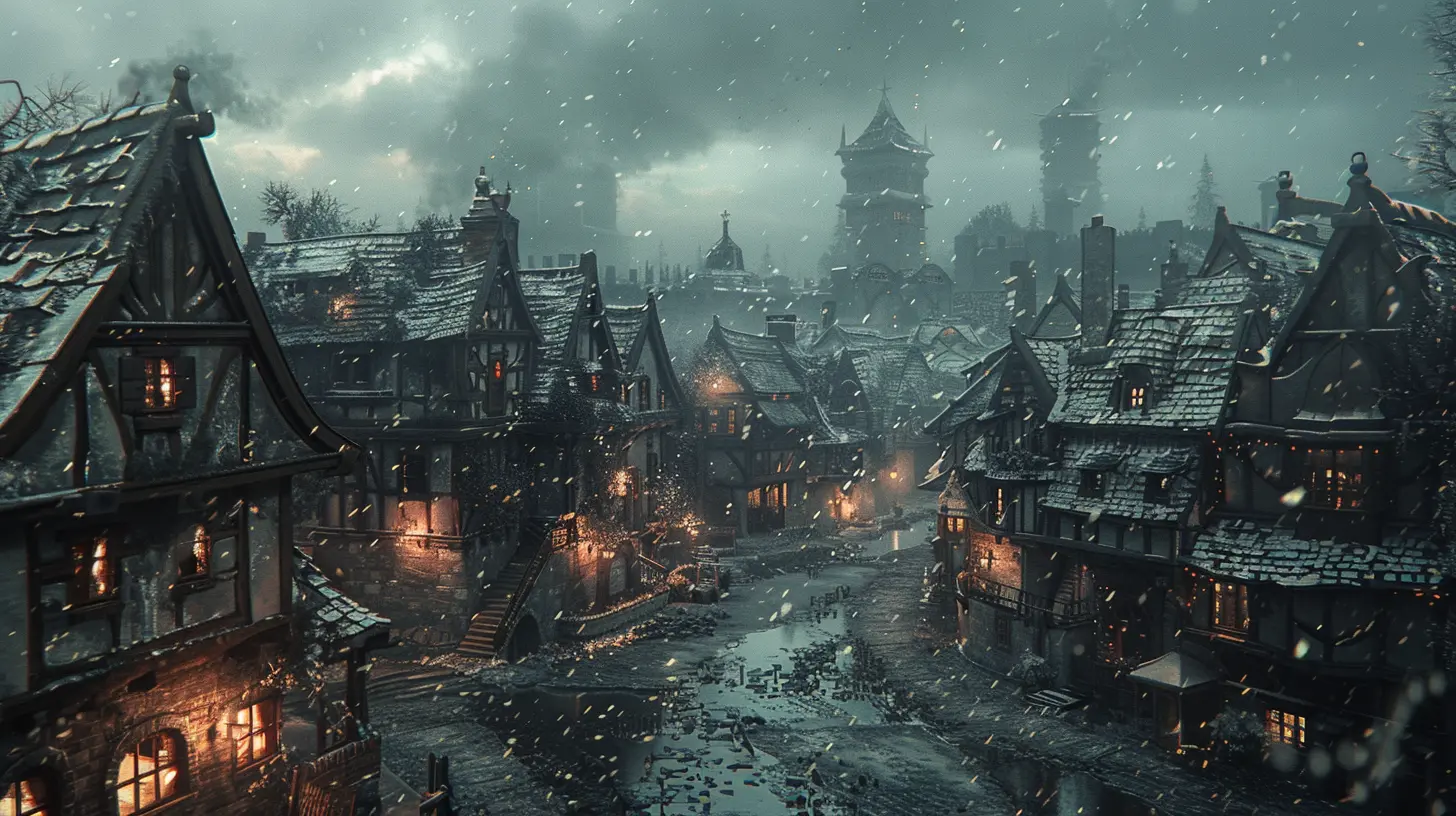
What Does "Rendering" Even Mean?
Before we dive into the nitty-gritty, let's clarify what rendering entails. At its core, rendering is the process of generating images from 3D models in a game. It’s how the software creates the visuals you see on your screen. Think of it as translating a bunch of mathematical data into vibrant, immersive worlds. Sounds simple, right? Well, not quite.Rendering a flat, simple environment might not be too hard. But when we're talking about a game like Elden Ring or Horizon Forbidden West, where every blade of grass, every towering tree, and every glowing sunset feels alive, that’s a whole new ballgame.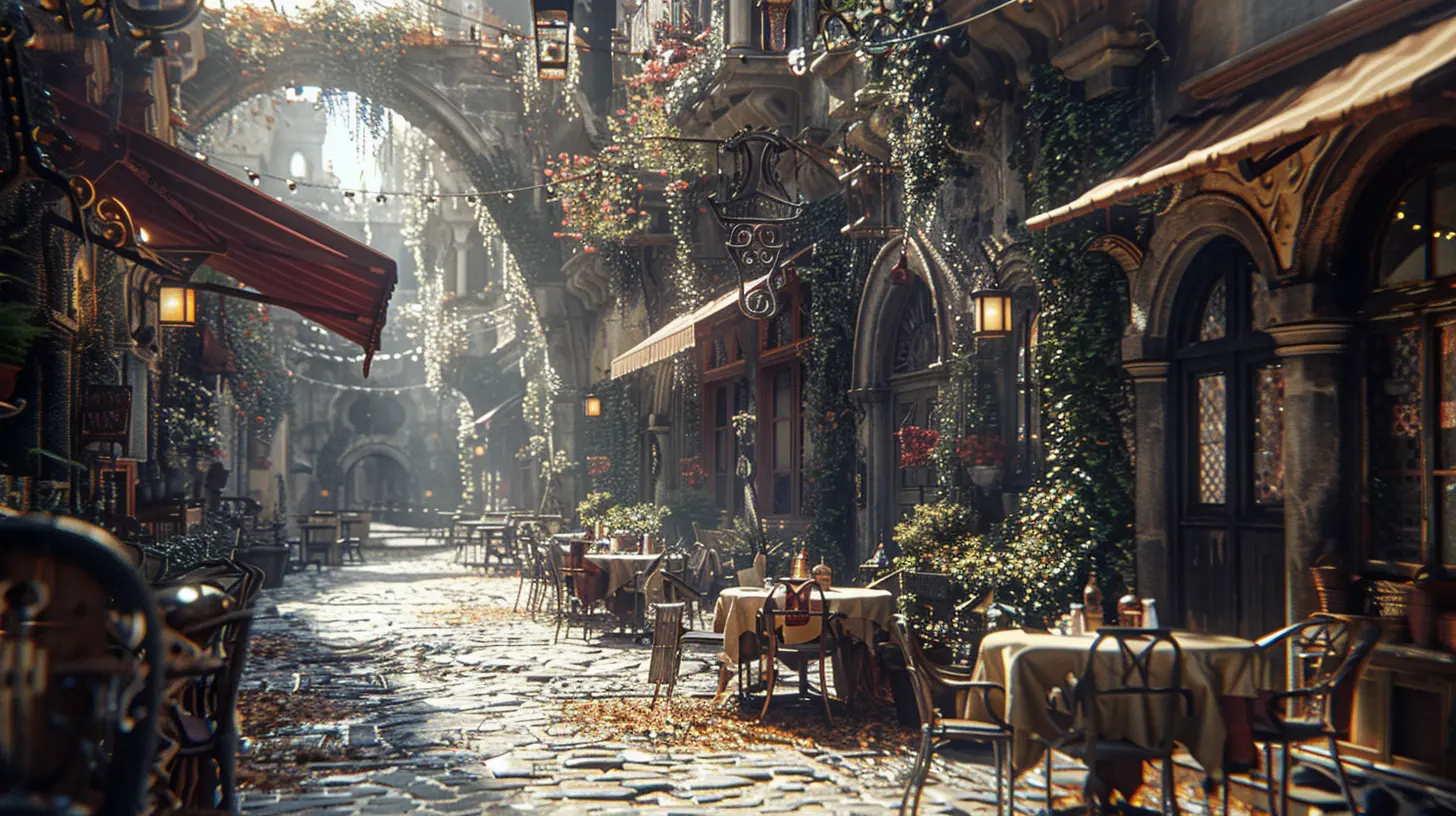
Challenge #1: The Balancing Act Between Performance and Visual Fidelity
Imagine you’re given a paintbrush and asked to create the most detailed painting possible, but you have a time limit. That’s essentially what rendering is like. Game developers need to strike a balance between making the game look jaw-droppingly good and ensuring it runs smoothly on your Xbox, PlayStation, or PC.The problem? Hardware has limits. Processing power, memory, and storage all set boundaries. If developers crank up the visual complexity too much, your game will either stutter, lag, or crash altogether. On the other hand, if they scale it back too much to improve performance, the game might end up looking flat or outdated.
To juggle this, developers use techniques like Level of Detail (LOD), which adjusts the quality of objects depending on your distance from them. Ever noticed how trees in the distance look a bit blurry or pixelated compared to the ones right in front of you? That’s LOD in action! It's smart, but it doesn’t come without its own set of headaches. 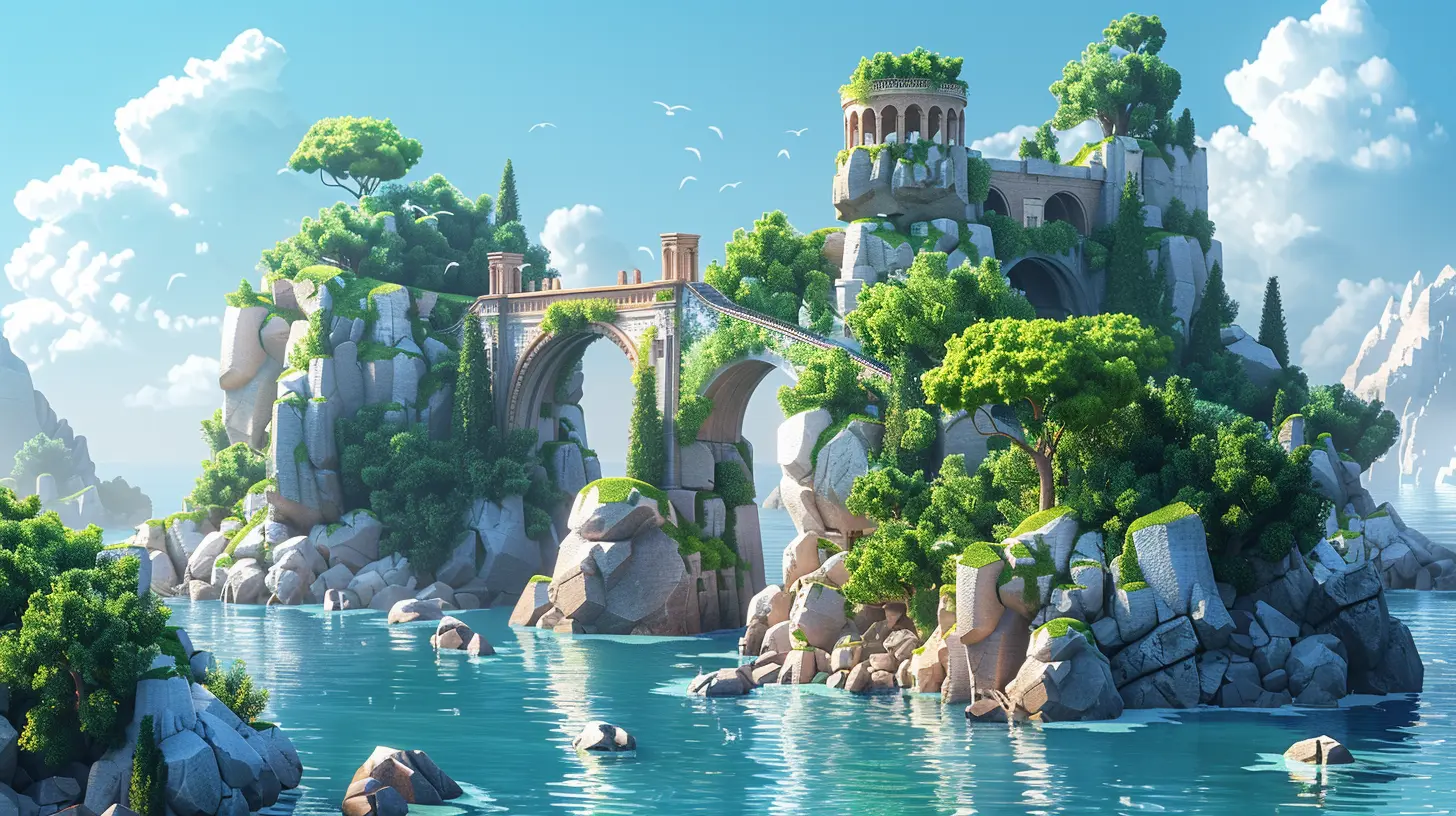
Challenge #2: Lighting – The Silent Hero
Lighting in games is far more than just slapping a few virtual light bulbs here and there. It's one of the trickiest elements to get right. Lighting sets the mood, highlights critical gameplay elements, and brings the world to life.Developers wrestle with two major lighting techniques:
1. Real-Time Lighting: This updates dynamically as you move through the game. Think about how shadows change as the sun shifts in an open-world game. It’s like trying to follow a spotlight while running a marathon.
2. Pre-Baked Lighting: A more stable method where lighting is calculated beforehand (like planning your route on Google Maps). It looks great, but it’s not flexible.
Real-time lighting is the gold standard, but it’s also a resource hog. To make it more efficient, developers use tricks like ray tracing (which simulates how light interacts with surfaces) or shadow maps. However, even with these tools, trying to mimic something as unpredictable as lighting is no small feat. 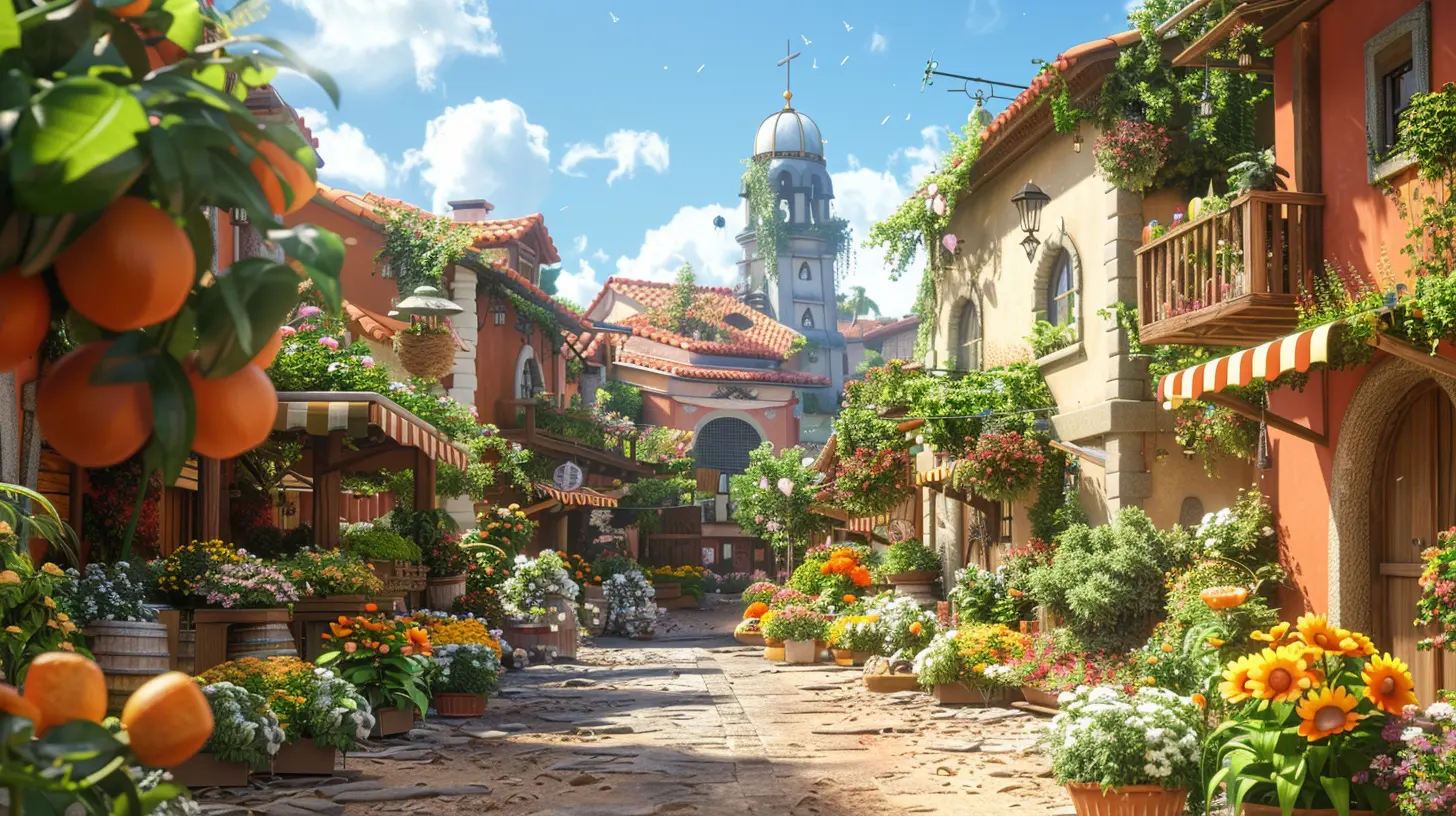
Challenge #3: The Complexity of Textures and Materials
Here's something you may not think about: Every surface you see in a game has a "texture" – from the shiny scales of a dragon to a muddy trail in the forest. These textures give objects their look and feel. But making them realistic is a huge undertaking.Take a rock in a desert, for example. Developers can’t just slap a gray color on it and call it a day. That rock needs to have tiny cracks, shadows, and a sense of depth. Now multiply that by every single rock (and grass blade, and wall) in an environment. And then remember that these textures need to look good regardless of the lighting, weather, or the angle you're viewing them from.
Creating high-quality textures often involves advanced techniques like normal mapping, bump mapping, or PBR (Physically-Based Rendering). These methods help fake details, but again, they come at the cost of performance. Developers need to decide which details are worth keeping and which need to be sacrificed. It’s a tough call, and sometimes it’s like decorating a wedding cake while on a diet – you want every layer to look perfect, but you can’t afford to overindulge.
Challenge #4: Managing Massive Open Worlds
Open-world games are all the rage these days, but wow, do they push rendering to its limits. When you’re exploring an open-world game, you expect it to be seamless – no loading screens, no interruptions, just endless freedom. But how is that possible when the world is so massive?The secret lies in a technique called streaming. The game only loads what you’re directly interacting with or about to encounter, leaving the rest of the world dormant. It’s kind of like only keeping the lights on in the room you’re standing in.
However, streaming has its downsides. If the system isn’t optimized, you might notice things “popping in” at the last moment – like a tree suddenly appearing out of thin air. Avoiding these hiccups requires developers to carefully manage memory allocation and asset loading, which isn't an easy task when your game world is essentially a digital replica of planet Earth.
Challenge #5: Physics and Interactivity
Graphics are one thing, but what about making the environment interactive? If you roll a boulder down a hill, it needs to react in a believable way. If you shoot a wall, it should leave a bullet hole. All of this falls under the domain of physics rendering, and let me tell you, it’s no walk in the park.Physics engines calculate how objects in the game behave. The problem? Physics calculations are resource-intensive. On top of that, interactions can get super-complex. Achieving realism in, say, water physics or destructible environments often requires insane amounts of processing power and some very clever coding.
Developers often resort to shortcuts, like pre-determined animations, to make things look interactive without actually simulating the physics behind them. But these shortcuts aren’t always convincing, and balancing realism with performance is like walking a tightrope.
Challenge #6: Hardware Limitations
Here’s the cold, hard truth: Not everyone owns a top-of-the-line gaming rig. Game developers need to ensure their games run on a wide range of systems – from high-end PCs with ray tracing enabled to older consoles struggling to keep up.This requires building scalable games that can function across diverse hardware. You know those graphics settings in the options menu? They exist so developers can tweak what’s being rendered to make sure the game doesn’t crash on older systems. But this also means extra work for them – optimizing the game for every hardware configuration takes a lot of time and effort.
Challenge #7: AI and Crowds
Last but not least, have you ever stopped to think about the AI characters wandering around in your games? Whether it’s a bustling market or a post-apocalyptic wasteland, these characters need to act and react realistically. Rendering environments with functioning AI adds another layer of complexity.Take a game like Cyberpunk 2077. The environment itself is highly detailed, but the AI has to interact with it. NPCs need to walk, talk, and go about their day. Coordinating all these elements is like juggling flaming swords while riding a unicycle. Developers often face tough decisions on where to cut corners to keep everything running smoothly.
Conclusion
If you thought rendering was just hitting a "make it pretty" button, well, now you know better! The challenges of rendering complex game environments are vast and intricate. From balancing performance and visual fidelity to tackling lighting, textures, open worlds, and hardware limitations, developers have a lot to wrangle with.The next time you marvel at a game world that feels alive – the shimmering water, the glowing sunlight, the sheer scale – remember the effort it takes. Game development is an art and a science, and rendering is right at the heart of it.
all images in this post were generated using AI tools
Category:
Video Game GraphicsAuthor:

Brianna Reyes
Discussion
rate this article
1 comments
Otis McCray
Technical innovation is key to immersive gameplay.
October 12, 2025 at 3:01 PM

Brianna Reyes
Absolutely, technical innovation enhances realism and interaction, significantly enriching the immersive experience in complex game environments.
